What Is A Binoculars ?
Binoculars are optical devices used to magnify distant objects and bring them closer to the viewer. They consist of two small telescopes mounted side by side, allowing for binocular vision. Binoculars are commonly used for various activities such as birdwatching, stargazing, hunting, and sports events. They are designed with a pair of eyepieces and objective lenses that gather and focus light, providing a magnified and detailed view of the observed scene. Binoculars come in different sizes, magnification powers, and lens diameters, which determine their field of view and light-gathering capabilities. They are often portable and lightweight, making them convenient for outdoor use.
1、 Definition and Function of Binoculars
Binoculars are optical devices that consist of two small telescopes mounted side by side, allowing users to view distant objects with both eyes simultaneously. They are commonly used for various activities such as birdwatching, stargazing, hunting, and even for general observation purposes. Binoculars are designed to provide a magnified and detailed view of objects that are far away, enhancing the user's ability to see fine details that would otherwise be difficult to discern with the naked eye.
The basic function of binoculars is to gather and focus light, which is then transmitted through a series of lenses and prisms to produce a magnified image. The lenses in binoculars work to gather light and focus it onto the user's eyes, while the prisms help to correct the orientation of the image, ensuring that it appears right-side-up and not inverted. The magnification power of binoculars is typically denoted by two numbers, such as 8x42 or 10x50, where the first number represents the magnification factor and the second number indicates the diameter of the objective lens in millimeters.
In recent years, there have been advancements in binocular technology, with the introduction of features such as image stabilization, waterproofing, and improved lens coatings. Image stabilization technology helps to reduce hand tremors and vibrations, resulting in a steadier view, especially when observing distant objects or in situations where stability is crucial. Waterproofing allows binoculars to be used in various weather conditions without the risk of damage, making them more durable and versatile. Additionally, advancements in lens coatings have improved light transmission, resulting in brighter and clearer images.
Overall, binoculars are essential tools for outdoor enthusiasts, nature lovers, and anyone who wants to enhance their visual experience. They provide a portable and convenient way to bring distant objects closer, allowing users to appreciate the beauty and details of the world around them.

2、 Types and Designs of Binoculars
Binoculars are optical devices that consist of two telescopes mounted side by side, allowing users to view distant objects with both eyes simultaneously. They are commonly used for various activities such as birdwatching, stargazing, hunting, and even for military and surveillance purposes.
Binoculars come in different types and designs, each offering unique features and specifications to cater to specific needs. The most common types include compact binoculars, full-size binoculars, and zoom binoculars. Compact binoculars are lightweight and portable, making them ideal for travel and outdoor activities. Full-size binoculars, on the other hand, offer larger objective lenses and higher magnification, providing a more detailed and immersive viewing experience. Zoom binoculars allow users to adjust the magnification level, offering versatility in different viewing situations.
In terms of design, binoculars can be categorized into roof prism and porro prism binoculars. Roof prism binoculars have a straight barrel design, making them more compact and easier to handle. Porro prism binoculars have an offset barrel design, providing a wider field of view and better depth perception.
With advancements in technology, binoculars have also seen improvements in recent years. Many models now feature image stabilization technology, which helps reduce hand tremors and provides a steadier image. Additionally, some binoculars are equipped with built-in digital cameras, allowing users to capture photos and videos of the observed objects.
In conclusion, binoculars are optical devices that enhance our ability to view distant objects with both eyes. They come in various types and designs, offering different features and specifications to suit different needs. With the latest advancements in technology, binoculars have become more versatile and user-friendly, providing a better viewing experience for enthusiasts in various fields.
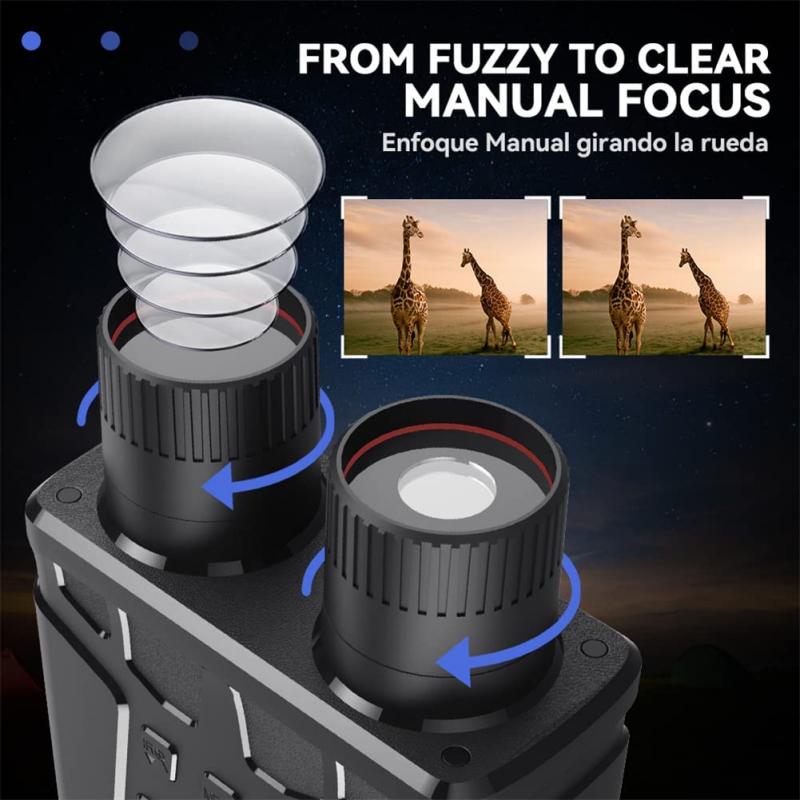
3、 Optical Components and Features of Binoculars
Binoculars are optical devices that consist of two telescopes mounted side by side, allowing users to view distant objects with both eyes simultaneously. They are commonly used for various activities such as birdwatching, stargazing, hunting, and even for general observation purposes.
The optical components of binoculars include lenses, prisms, and eyepieces. The objective lenses are located at the front of the binoculars and gather light from the object being observed. These lenses help in determining the magnification and field of view of the binoculars. The light then passes through prisms, typically Porro or roof prisms, which correct the orientation of the image and provide a more compact design. Finally, the eyepieces magnify the image and allow the viewer to focus on the object.
In terms of features, binoculars can have various specifications such as magnification power, objective lens diameter, field of view, and exit pupil size. These specifications determine the performance and suitability of binoculars for different activities. For example, higher magnification power allows for a closer view of distant objects, while a larger objective lens diameter allows more light to enter, resulting in brighter images.
In recent years, there have been advancements in binocular technology. Some binoculars now come with image stabilization features, which compensate for hand movements and provide a steadier view. Additionally, there are binoculars with built-in digital cameras, allowing users to capture photos and videos of the observed objects.
Overall, binoculars are essential tools for outdoor enthusiasts and professionals alike. They provide a more immersive and detailed viewing experience, enabling users to appreciate the beauty of nature and explore the wonders of the universe.
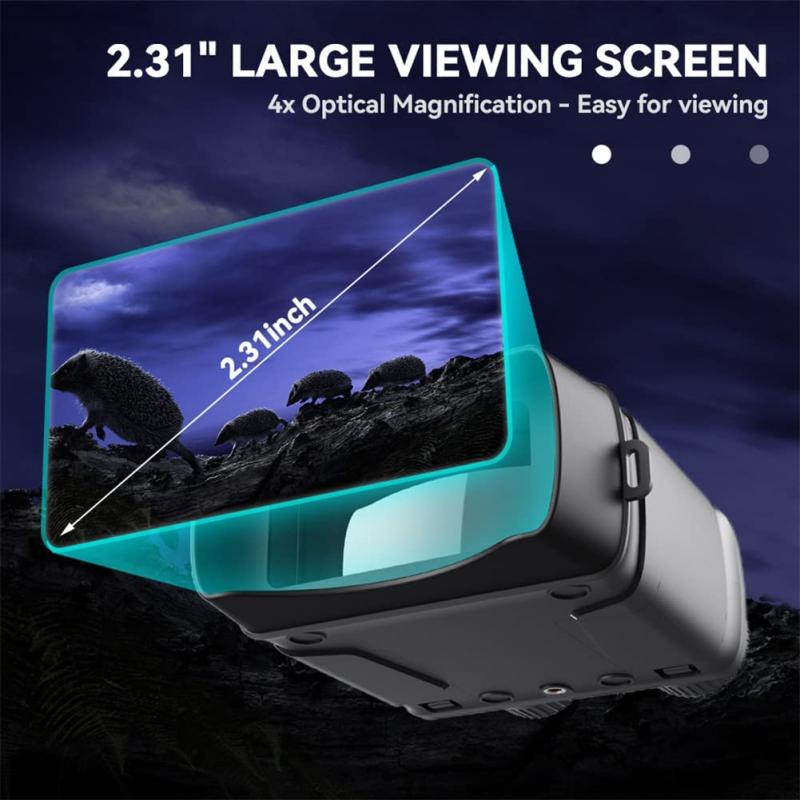
4、 Choosing the Right Binoculars for Specific Activities
Choosing the Right Binoculars for Specific Activities
Binoculars are optical devices that consist of two telescopes mounted side by side, allowing users to view distant objects with both eyes. They are commonly used for various activities such as birdwatching, hunting, stargazing, and even sports events. Binoculars come in different sizes, magnifications, and features, making it essential to choose the right pair for specific activities.
When selecting binoculars, one of the most important factors to consider is the magnification power. This determines how much closer the object will appear. For activities like birdwatching or hunting, a magnification of 8x or 10x is generally recommended. Higher magnifications may result in a narrower field of view, making it harder to locate and track moving objects.
Another crucial aspect is the objective lens diameter, which affects the amount of light that enters the binoculars. Larger objective lenses allow more light, resulting in brighter and clearer images. However, they also make the binoculars heavier and bulkier. For activities like stargazing, where low light conditions are common, larger objective lenses, such as 42mm or 50mm, are preferred.
Additionally, the type of prism used in binoculars can impact image quality. The two most common types are Porro prisms and roof prisms. Porro prisms tend to provide better depth perception and wider field of view, while roof prisms offer a more compact and lightweight design.
In recent years, technological advancements have introduced features like image stabilization and lens coatings. Image stabilization helps reduce hand tremors, resulting in a steadier image. Lens coatings, such as anti-reflective coatings, enhance light transmission and reduce glare, improving image quality.
Ultimately, choosing the right binoculars for specific activities depends on personal preferences and needs. It is recommended to try different models and consult with experts to find the perfect pair that suits individual requirements.
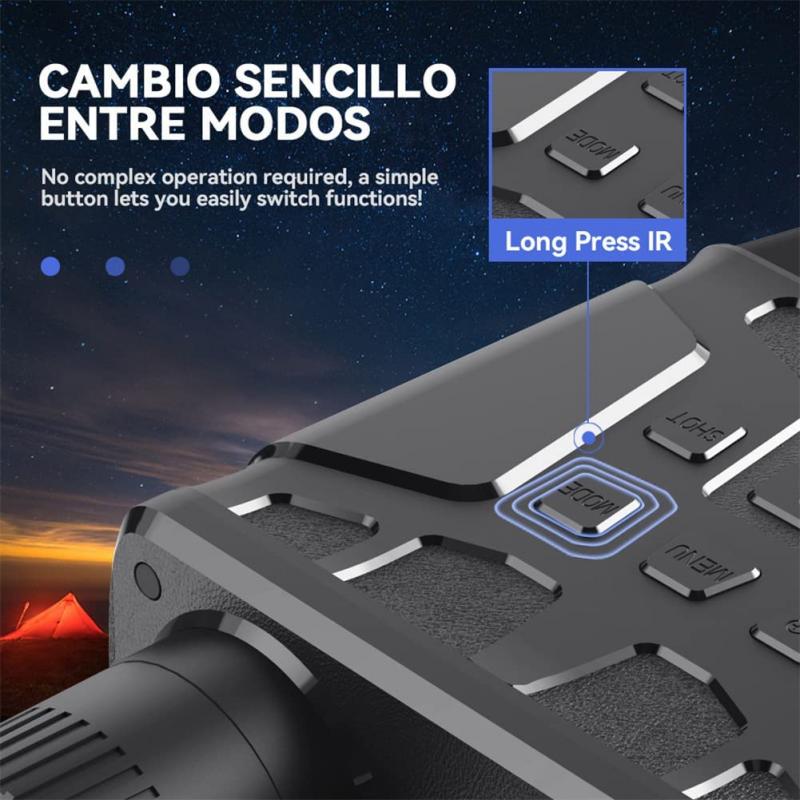











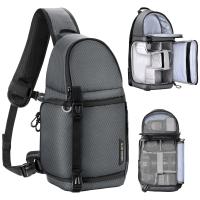
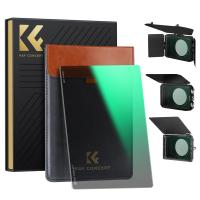





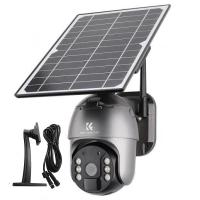

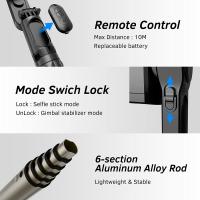
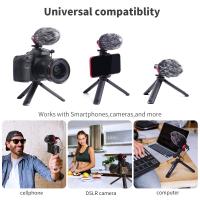
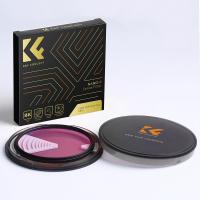
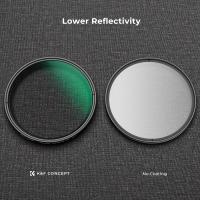

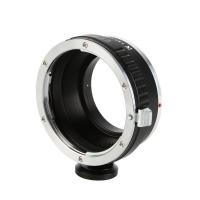
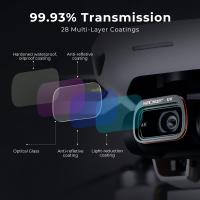
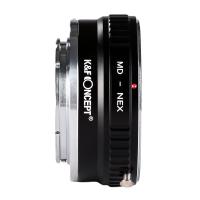
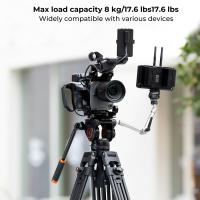

There are no comments for this blog.